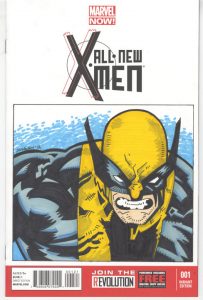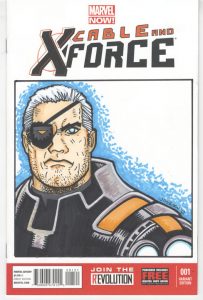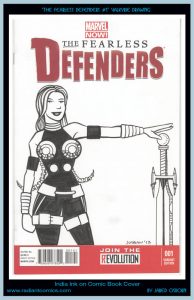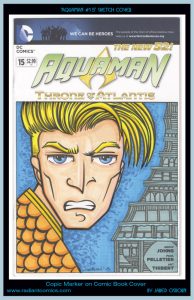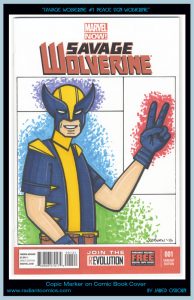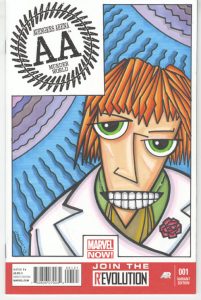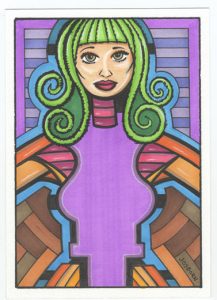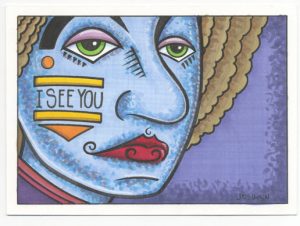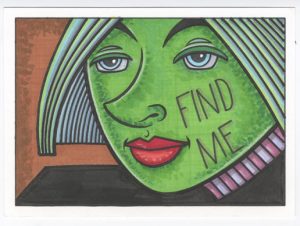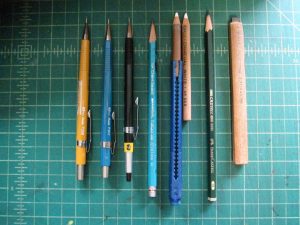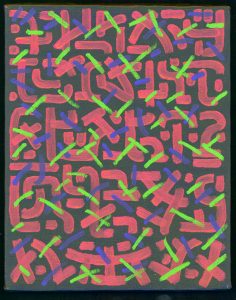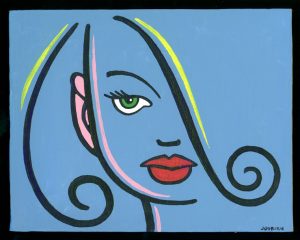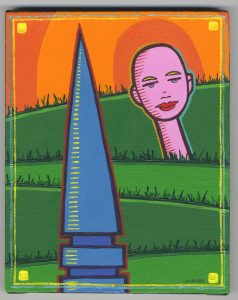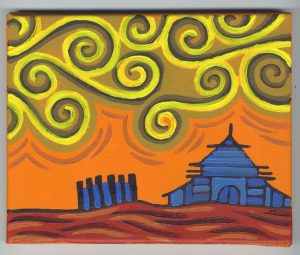A lot of TV show cancellations have hit the web and I though I’d do a little recap of the shows that I watched last season. There is plenty of mediocre TV out there and I’ve seen quite a bit of it. Not all the shows I watch are great but not everything can be. I guess that explains why they get cancelled.
“Fringe” had its series finale this past winter and until I sat down to write this I completely forgot about it. I liked “Fringe” but obviously didn’t think it was all that memorable. I thought it was cool the way it recreated itself a couple of times to keep things interesting but in the end time travel/alternate-world mumbo-jumbo becomes noise to me. Don’t ask me to keep track of what happened in the final episode. I think they saved some stuff and maybe reset a timeline but who can remember.
“Whitney” was a comedy that I liked but I kept reading the critics hated. What critics you ask? I have no idea. My path never crosses with any TV critics’ paths so I have no clue why they didn’t like it. This was its second season and it got cancelled so there won’t be a third. I thought Whitney Cummings was funny, the writing was good, and the cast was solid. This was my favorite new sitcom of the last couple of years but now it’s gone. Oh, well. There will be more.
“Go On” got cancelled after its first season. It’s amazing how quickly a show’s fortunes can change. It premiered well and looked like it would do fine and maybe be another hit for Matthew Perry but then the ratings tanked and never recovered. I liked it fine. It was a solid sitcom with a cast of zany characters who were all in some sort of grief recovery group. Everybody was the crazy neighbor. I found it fun but not enough other people did.
I liked “Bunheads” in its first season. It’s a show by the “Gilmore Girls” creator and it was different than most. I can relate to its take on living the creative life. It ain’t easy. The show might be back for a second season but it doesn’t look good.
Some of my comfortable old police procedural shows with a wacky lead detective finished up their seasons and will be back for another. I find I like these type of shows but I don’t always play close attention to them. Maybe that’s because a case can be interesting or not in any given week or maybe it’s because I’ve seen too many of them. Either way I enjoy the cases and the wacky way the detective solves them rather than the personal lives of the cops/detectives. Too many personal life stories and I’m out of there. My usual quirky detective shows are: “Castle”, “The Mentalist”, and “Bones”.
I watched “The Following” for its first season (or half-season as they are these days). At times it was good but at other times bad. It was one of those shows where I ended up yelling at the TV a lot because the cops and feds were so stupid. I have absolutely no training in law enforcement but I’m pretty sure I would make a better FBI agent right now than ninety percent of the characters on that show. And the super-brilliant serial killer’s plan worked perfectly until it didn’t.
“The Americans” was a much better show in its first season. It takes place in the early 80s and is about a couple of Soviet spies living in D.C.. It does a good job of making the spies sympathetic and gets me rooting both for and against them. It also shows that being a deep cover spy is not an easy life. Lots of sex and violence in both the lives and the show. And both sides could get nasty. I’m looking forward to season two of this one.
I discovered “Modern Family” only last summer or so and came to like it a lot. It’s the type of fast paced, smartly written, zany charactered sitcom that I like. Keep me guessing, keep the characters crazy, and keep me laughing. That’s the sort-of sitcom that I enjoy and “Modern Family” fits that bill. I also discovered “The Middle” at the same time. I didn’t like it so much at first but have come to appreciate it. It’s kind of the type of sitcom that I like but with the volume turned down a little.
“Grimm” and “Supernatural” are the two magic-powered shows left on my viewing list. “Grimm” finished its second season and has gotten better and better. It’s about a cop in Oregon who fights (and teams up with) supernatural characters out of old fairy tails. It has a good over-all plot and some nice monster-of-the-week stuff. “Supernatural” continues to keep things interesting as it ends its eighth season. That’s no easy feat but I think its done a good job. It’s been a solid B-level show all these years.
“Touch” is a show that had an interesting first season but a dumbed down second season and now it’s gone. It went from a show you really had to pay attention too as its plot connected people and events from all over the world to a pedestrian conspiracy show. It aimed high but ended up low. At least all the “24” fans get Kiefer Sutherland back. I’m not one of them though.
I continued to watch a handful of my usual comedies. “The Office” was good in its last season. Some people got tired of it but not me. I never thought it was brilliant in the first place but it’s always been solid.
I put “How I Met Your Mother” maybe half a notch above “The Office” because, as I said, I like zaniness and HIMYM has plenty of that. It has one final season and for the record I don’t care if he ever meets the kids’ mother. It’s just the title of a show.
“Big Bang Theory” continues to be a ratings grabber which always surprises me but I still like it. I’ve heard a lot of backlash against it for its popularity but its funny.
“Two Broke Girls” is a blunt instrument of comedy. I like smart comedies but this is not one of them. It’s a dumb comedy. It’s good to space out and giggle to though as they relentlessly plow through jokes. They don’t even seem to care that some of the jokes are stinkers because there is another coming up in three seconds.
I liked “New Girl” in its second season. It’s got smarts, wackiness, and funny. I’ll be back for more.
Ditto “Cougartown” and “Community”.
And one more thing. I still watch “The Simpsons” and I still laugh at it.
